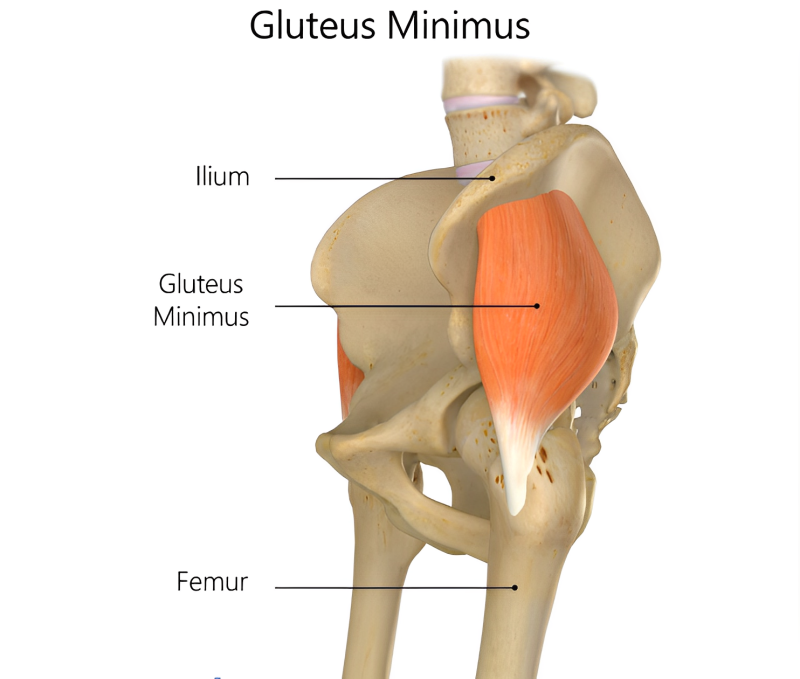A bunion is a bony bump that forms at the base of your big toe, while a bunionette shows up at the base of your little toe. Since bunions are more common, we’ll be focusing on those in this blog — but it’s worth noting that similar issues can develop on the outside of your foot as well. So if you’re noticing a small bump or discomfort near your pinky toe, it might be the start of a bunionette.
With bunions, what’s happening is that the big toe gradually starts shifting toward the second toe. Over time, this misalignment causes the joint at the base of the big toe to stick out, creating that visible bump. The medical term for this is hallux valgus. For some people, it’s mostly a cosmetic concern. But for others, the change in toe alignment can cause pain, make it difficult to wear certain shoes, and even limit walking or physical activity.
Why Do Bunions Develop?
Bunions usually form because of a mix of genetics, how your foot moves, and the shoes you wear. One of the biggest contributors is improper footwear—think narrow shoes, tight toe boxes, or high heels that push your toes together. Over time, this constant pressure can cause the big toe to shift inward, leading to that telltale bump.
Other factors that can play a role include:
Genetics – If bunions run in your family, you may have inherited a foot shape that makes you more prone to developing them.
Foot mechanics – Conditions like flat feet, overpronation (your foot rolling inward too much), or loose ligaments can all increase your risk.
Inflammatory arthritis – Rheumatoid arthritis and similar conditions can damage the joint and accelerate the misalignment.
In most cases, it’s not just one thing—but a combination of these that causes a bunion to form and progress over time.
What Can You Do at Home?
If you’re starting to notice a bunion—or dealing with one that’s been around for a while—there’s a lot you can do at home to keep things comfortable and possibly slow things from getting worse. The key is to reduce pressure on the joint and keep the surrounding tissues happy.
Here are a few simple strategies that can make a big difference:
Choose better shoes – Go for styles with a wide toe box, low heels, and good arch support. This gives your toes room to breathe and reduces pressure on the bunion. Look for brands that offer wide versions like Birkenstocks, New Balance, Nike, Hoka, and Sketchers.
Try bunion pads or toe spacers – These little tools can help prevent rubbing and encourage better toe alignment inside your shoes.
Ice the area – If your bunion feels sore or swollen after a long day on your feet, apply ice for 10–15 minutes to calm things down.
Take breaks when needed – If you’re experiencing a flare-up, try to avoid standing for long periods or doing high-impact activities until things settle.
Making a few of these changes early on can really help keep pain levels down and prevent the bunion from progressing more quickly.
When to Seek Treatment
If your bunion is starting to interfere with your day-to-day life—whether that’s ongoing pain, difficulty walking, or noticing your toe drifting more over time—it’s a good idea to check in with a healthcare provider. Early attention can help you avoid bigger issues down the road.
Treatment usually starts with conservative options, like:
Custom orthotics – These can improve your foot mechanics and take pressure off the bunion.
Medication – Over-the-counter anti-inflammatories like ibuprofen can help reduce pain and swelling during flare-ups.
Toe spacers or supportive footwear – Often recommended as a first step to ease symptoms and slow progression.
If those strategies aren’t enough and the pain sticks around, your provider may suggest cortisone injections to calm inflammation—though keep in mind, these don’t correct the bunion itself.
In more severe cases, especially when the joint becomes very painful or the alignment gets significantly worse, surgical intervention might be the next step. Surgery can realign the joint and relieve chronic discomfort, but it's usually considered only after other options haven’t helped.
The earlier you catch it, the more you can do to stay comfortable and active without jumping straight to surgery.
How Can Physiotherapy Help?
Physiotherapy can play an important role when it comes to managing bunions without surgery. A physio can assess how you walk and move (your gait and posture) to figure out what might be putting extra stress on the big toe joint. From there, treatment might include manual therapy to ease stiffness in the joint, strength and stability exercises to support better alignment, and education on the best footwear and how to pace your activity to avoid flare-ups. The goal? Keep you moving comfortably and prevent things from getting worse.
Here are a few bunion-friendly exercises you can try at home to get started:
Toe Spreads – Sit with your feet flat on the floor. Try to spread your toes apart and hold for 5 seconds. Repeat 10–15 times to activate the small stabilizing muscles.
Towel Scrunches – Lay a towel on the floor, and use your toes to scrunch it toward you. This helps strengthen the foot’s arch. Try for 1–2 minutes per foot.
Big Toe Stretch – Gently pull your big toe away from the second toe using your fingers. Hold for 10–15 seconds and repeat 5 times.
Resistance Band Toe Pulls – Loop a band around your big toe and gently pull it to encourage proper alignment. Hold for 5 seconds and repeat 10 times.
If you're unsure where to begin or want a more tailored plan, booking a session with a physiotherapist is a great first step.
Bunions don’t have to stop you from doing what you love. With the right combination of footwear, daily foot care, physiotherapy, and consistent exercises, many people can manage their symptoms without surgery. If you're noticing changes in your foot shape or dealing with persistent toe pain, reach out to your physiotherapist for guidance and support.















































































